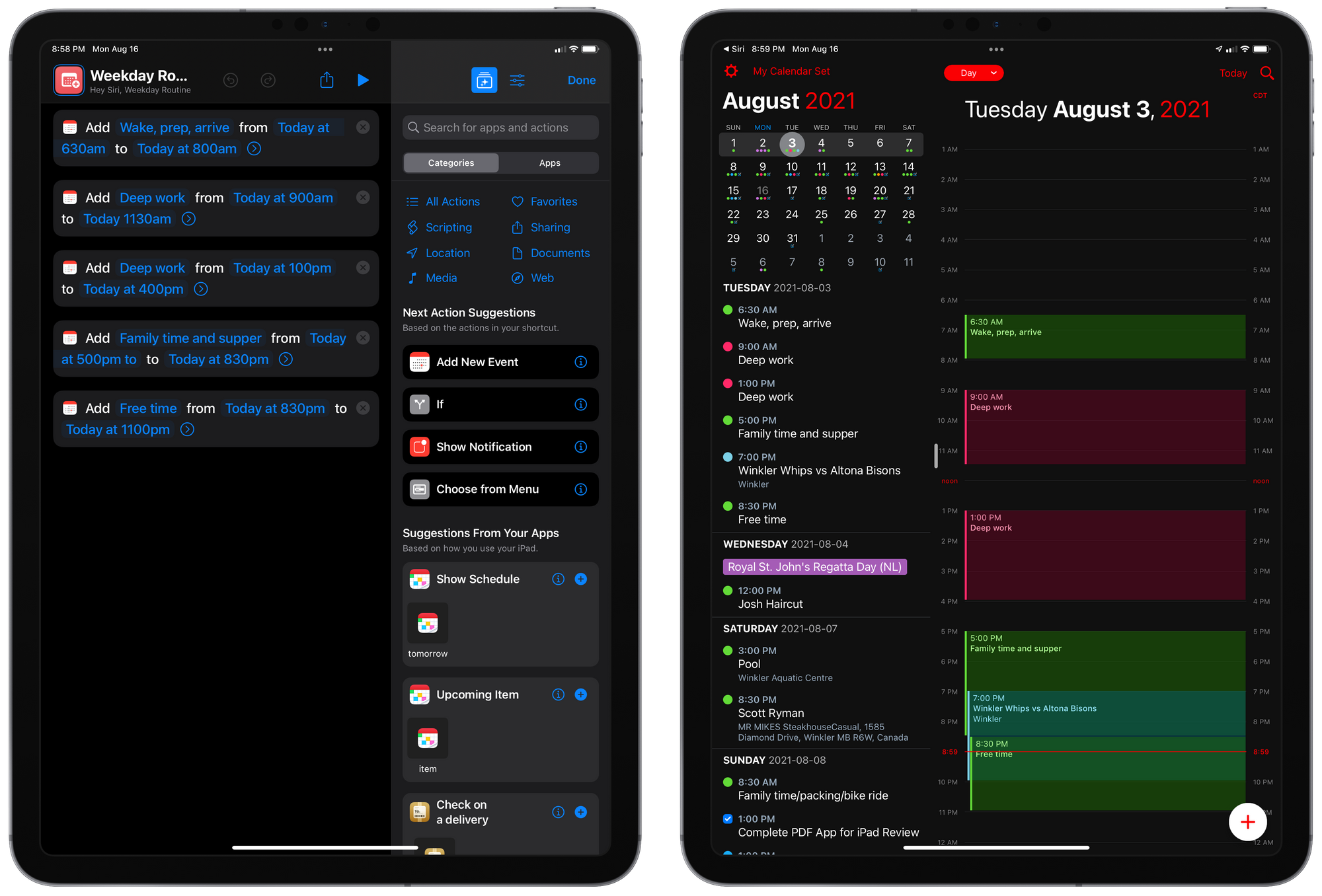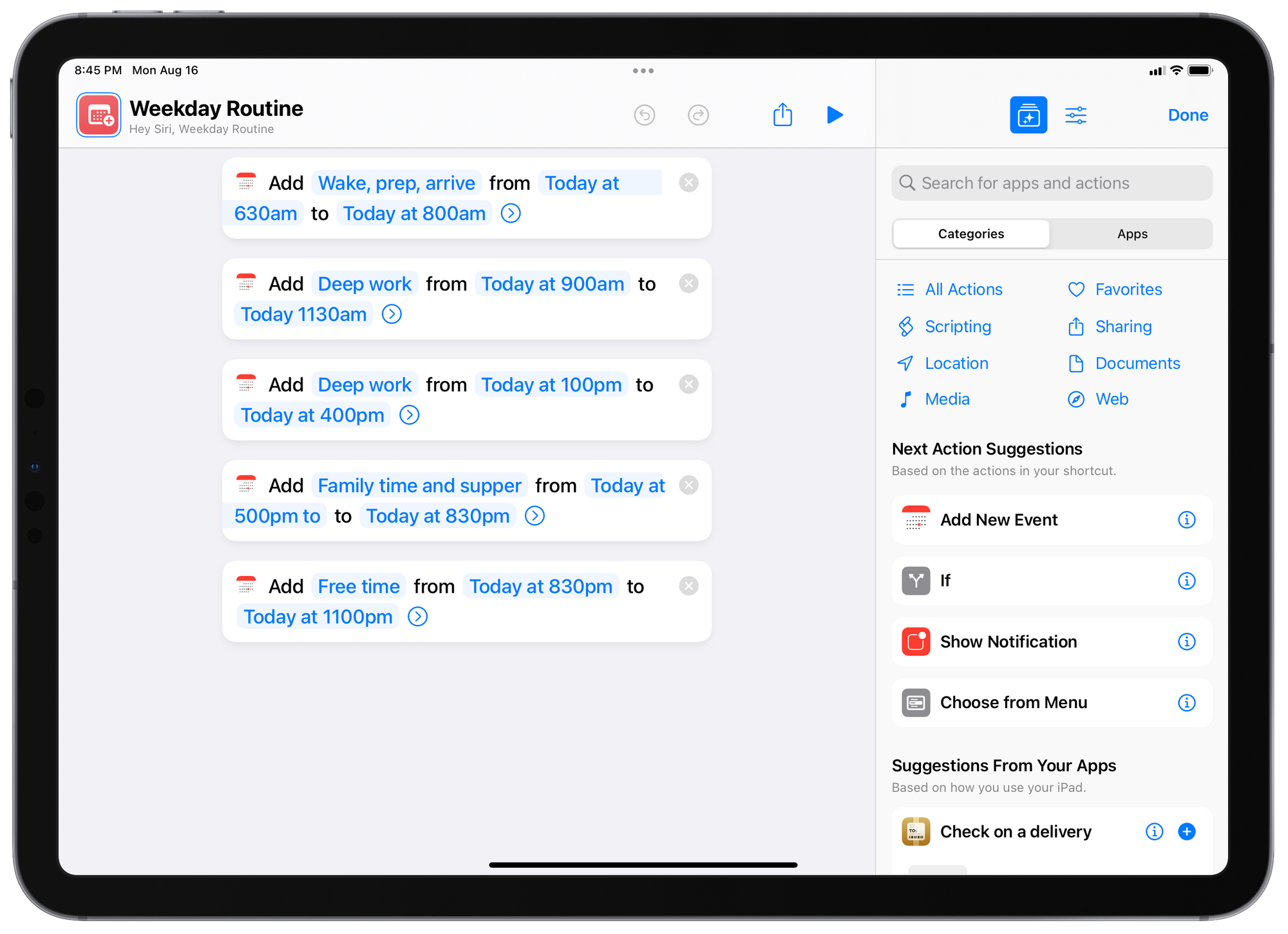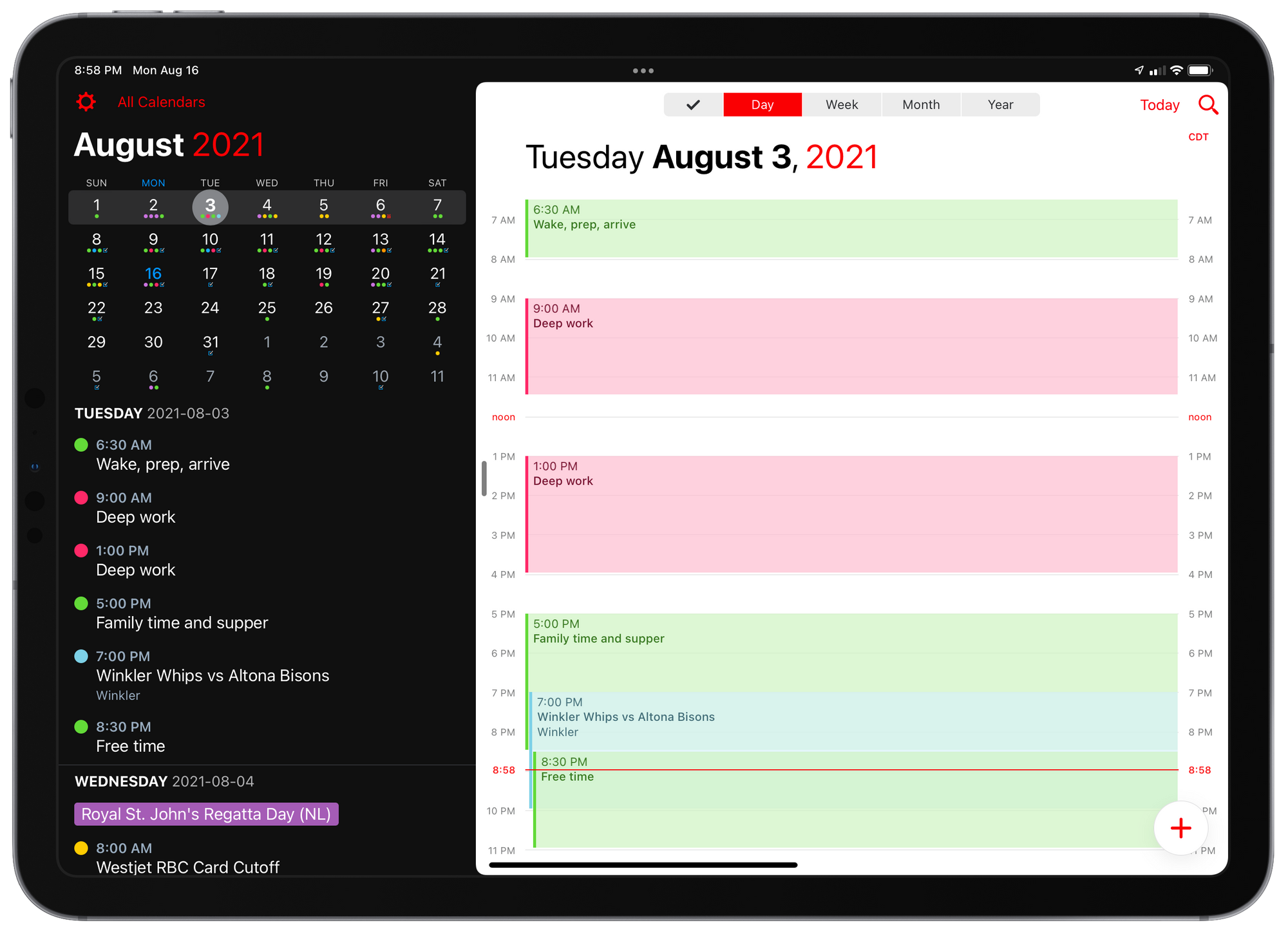January 1st was a swell date on my calendar. While you guys were off celebrating the New Year, I sat at my table developing a plan to get into a few new habits. I absolutely poured every ounce of passion into my planning, certain I had discovered the key to the habit-making world…
That’s not a true story.
I was celebrating the New Year like everyone else.
But it’s not all false — I did indeed begin two new habits in the earliest parts of 2021 that have stuck with me to today. I’m ultra proud of the habit development and I want to see if I can turn the momentum into a few other habits along the way.
First, I developed a bit of a fitness routine. I’ve averaged about five bike rides per week since March (the bike only arrived in March, so Jaclyn and I did some other fitness regiments in January and February), and I am still going strong. My output has increased 50% since I started and I feel better than ever when I look in the mirror.
Second, I began reading the Bible from cover to cover. There is a neat four-part one-year-long reading plan built into my Heirloom Study Bible and I’ve picked one of the four sections to tackle this year. Sure, I’ve missed a day or two here and there, but I’ve subsequently caught up. I just finished the September 9th reading of Luke 7:1-35 if you want to put me to the test.
With the gained momentum, I’m hoping to develop a bit of a writing habit.
I’ve had an on-again off-again relationship with The Newsprint. Every winter, I gain a huge amount of inspiration — the snow flies, there’s less daylight for exploring the outdoors, and (at least historically speaking) I’ve had to dive into my studies for a holiday exam.
This year, I want things to be different.
This year, my inspiration is starting in early September. And this year, I want to make it a daily habit. Or at least a weekday habit.
I’ll surely miss a few days. Maybe I’ll miss a whole week! Who knows. But a few hundred words on the thought of the day will hopefully grace these pages and we’ll see if the mind and writing pen can stay sharp as time goes on.
Topics will likely vary. I like a lot of things. I am not an expert in anything, so there could be some significantly large grains of salt.
Meta posts like this often end up biting the author in the butt. It’s more likely than not I’m setting myself up for failure.
But given my habit performance in 2021, I’m willing to take a bet.
Thursday is an odd day to publish some writing, especially at 11:15PM local time. Maybe something will hit tomorrow. Maybe not.
But next week though, you better watch out. The Newsprint will kick it into high gear.





